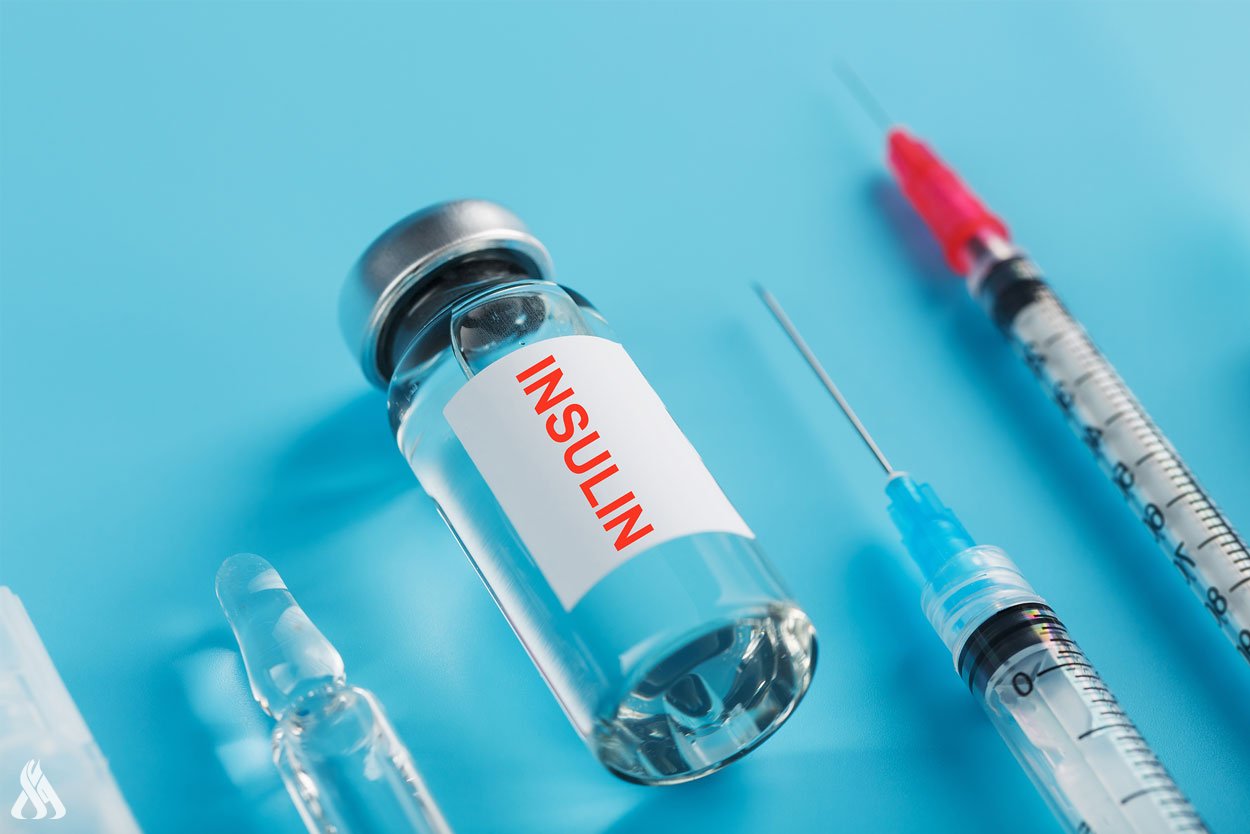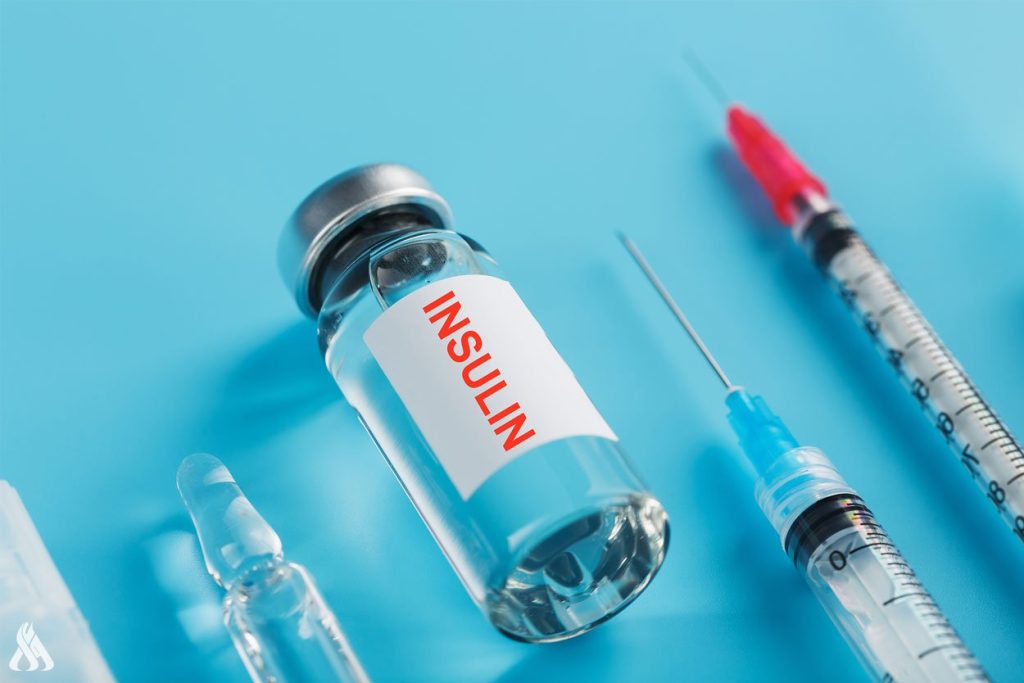
Follow – conscious
A team of scientists has managed to produce the proteins needed for human insulin in the milk of a genetically modified cow, which may be the perfect solution to the world’s insulin supply problems.
To receive more news, subscribe to our channel on Telegram
Scientists believe that their new method may outperform current insulin production methods, which rely on genetically modified yeast and bacteria.
The research team, led by zoologist Matt Wheeler from the University of Illinois Urbana-Shamin, inserted a portion of human DNA that codes for proinsulin (a protein that turns into insulin) into the cell nucleus of 10 cow embryos, which are then implanted in the wombs of normal cows.
Only one of the genetically modified embryos developed into a pregnancy that led to the natural birth of a live genetically modified cow. At maturity, the research team made attempts to make the genetically modified cow pregnant, through artificial insemination and in vitro fertilization, and none of them were successful, but the team noted that this It may have more to do with how the embryo was formed than the fact that it was genetically modified.
They were able to get the cow to produce milk through hormonal induction, using an undisclosed method attributed to animal reproductive technology expert Pietro Baroselli, of the University of São Paulo.
The small amount of milk the cow produced over the course of a month was examined for specific proteins, and two bands were detected with similar molecular masses to proinsulin and human insulin, which were not present in the milk of non-GMO cows.
Scientists also revealed the presence of C-peptide that was removed from human proinsulin in the process of creating insulin, indicating that enzymes found in cow’s milk may have converted “human” proinsulin into insulin.
Wheeler pointed out, “If each cow produces one gram of insulin per liter of milk, this means 28,818 units of insulin,” indicating, “He can see a future where a herd of 100 cows can produce all the insulin the country needs, and with A larger herd could supply the entire world’s supply in one year.”


